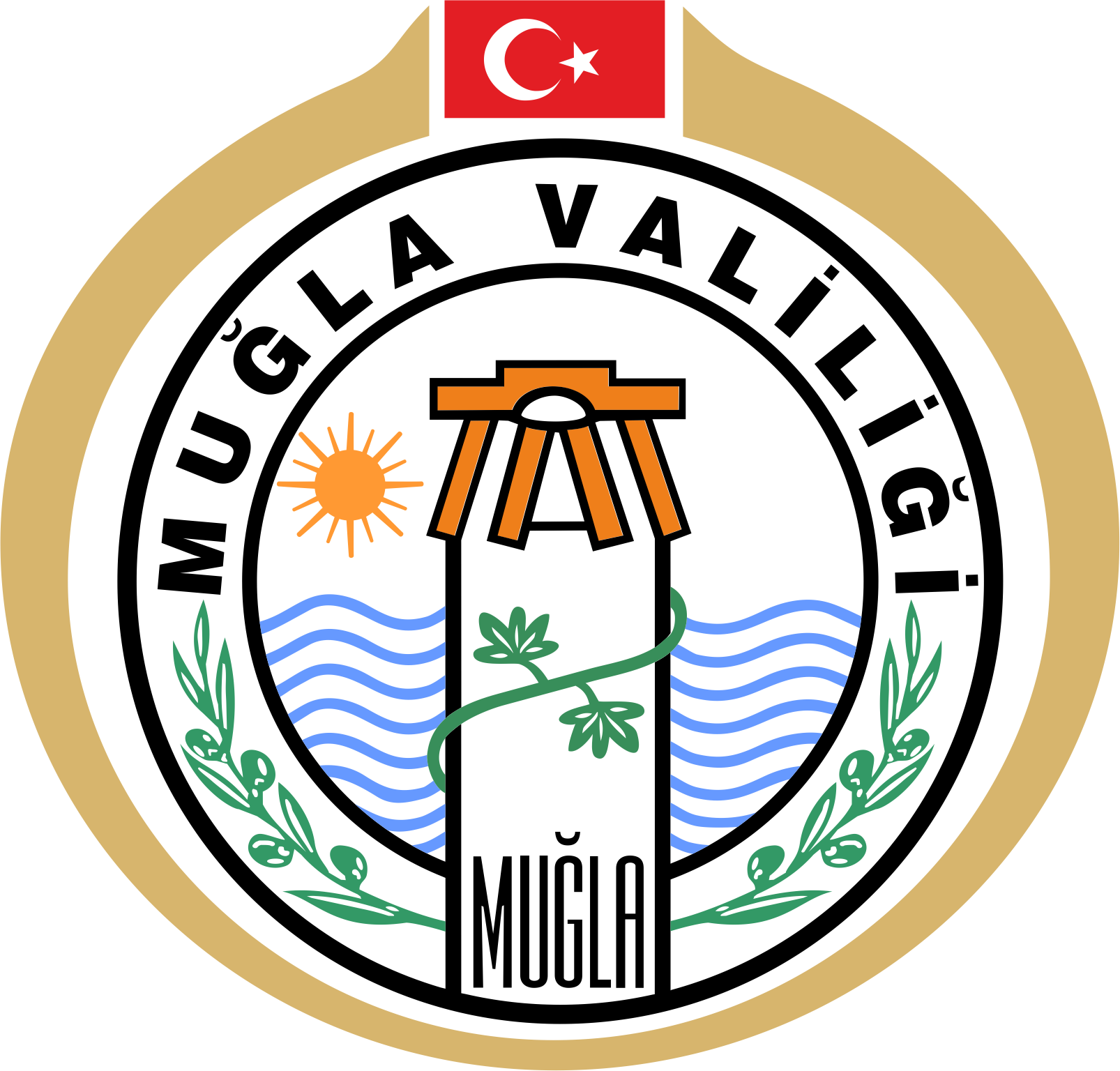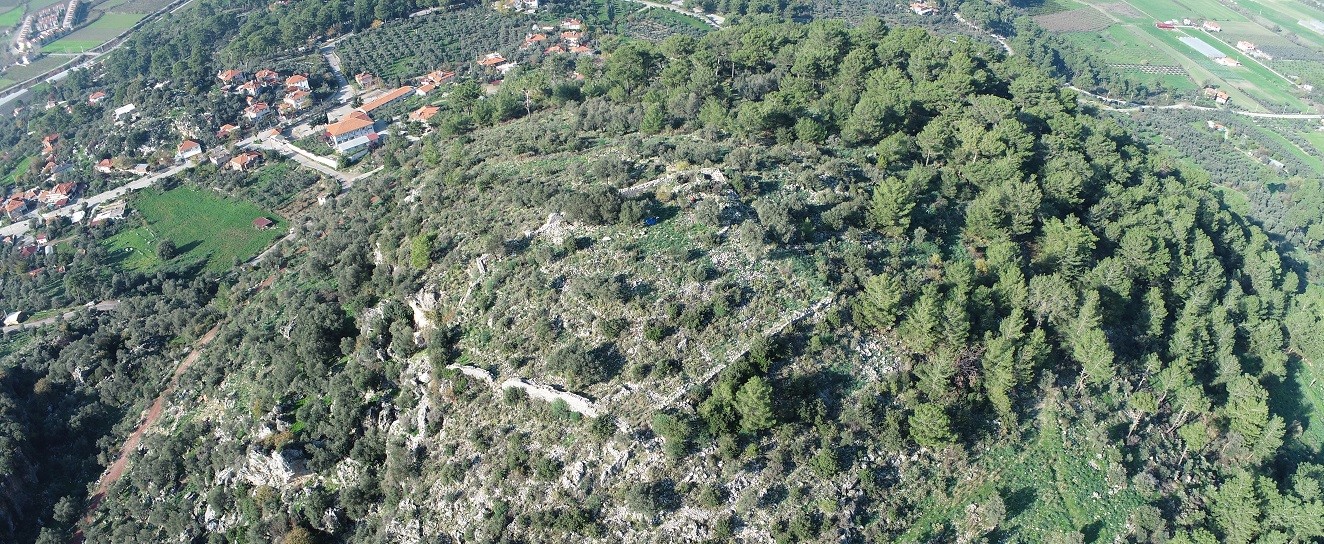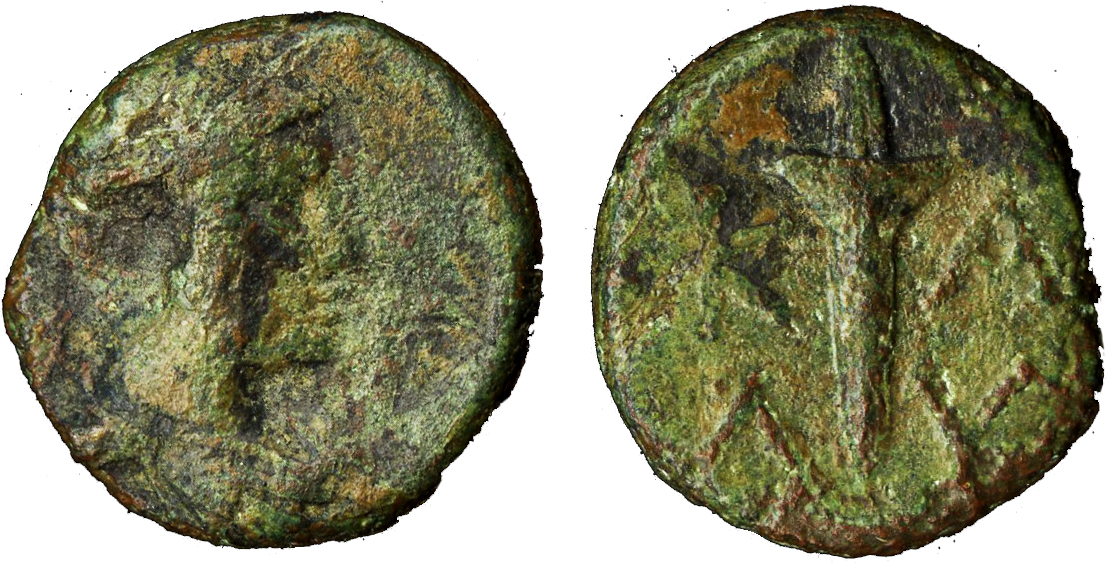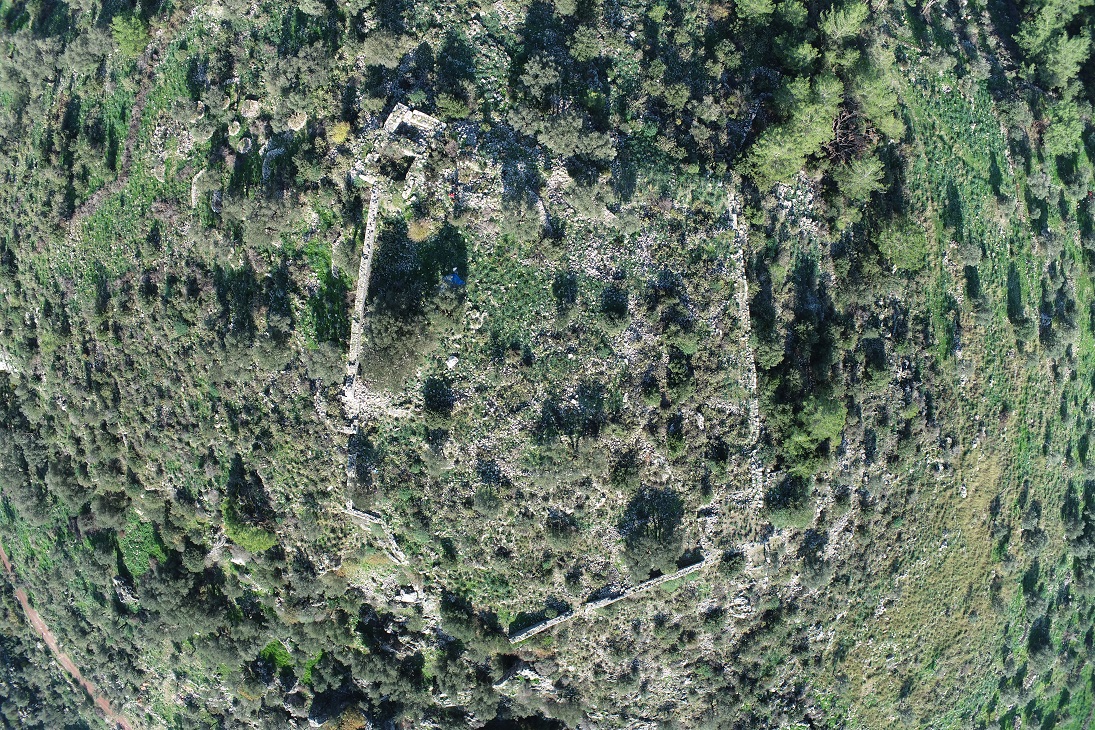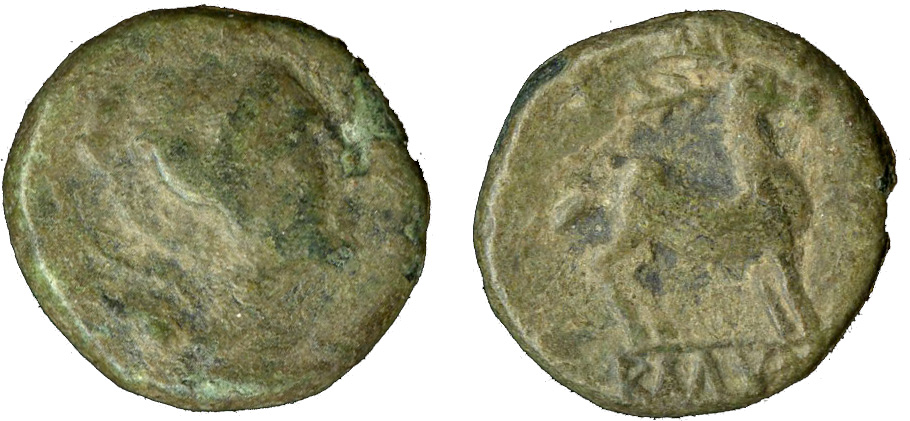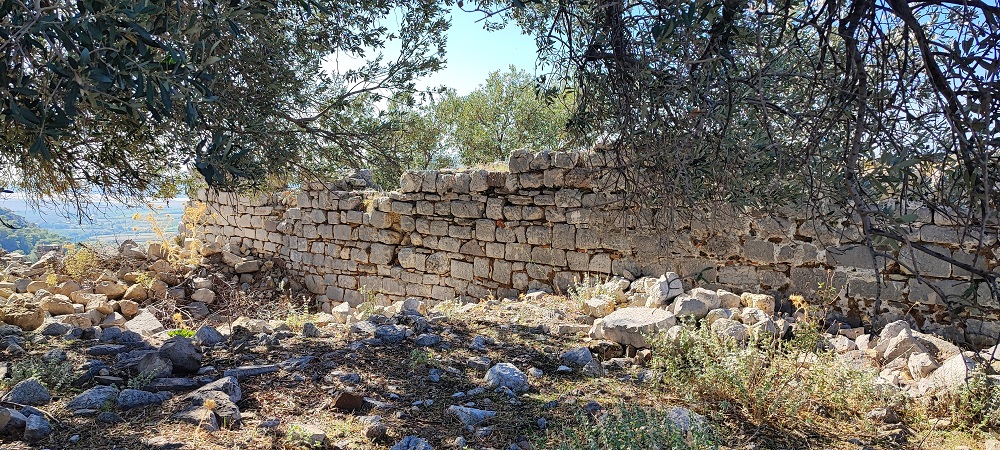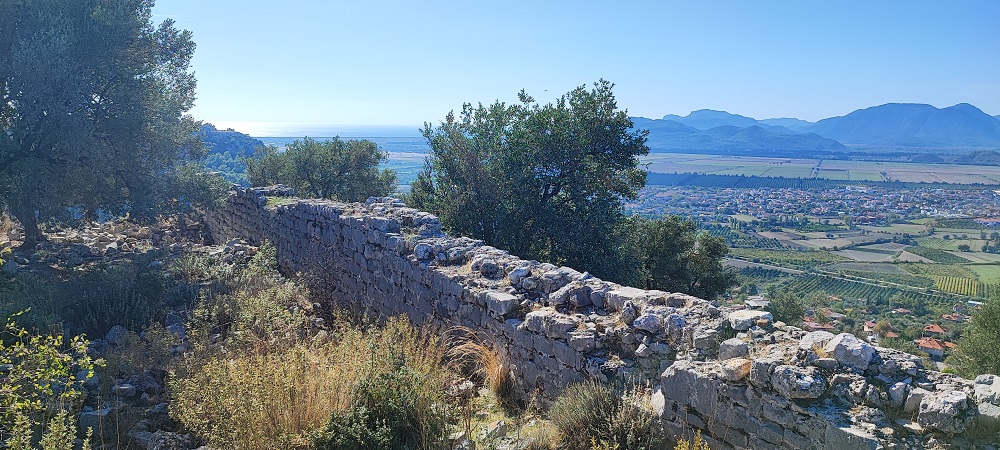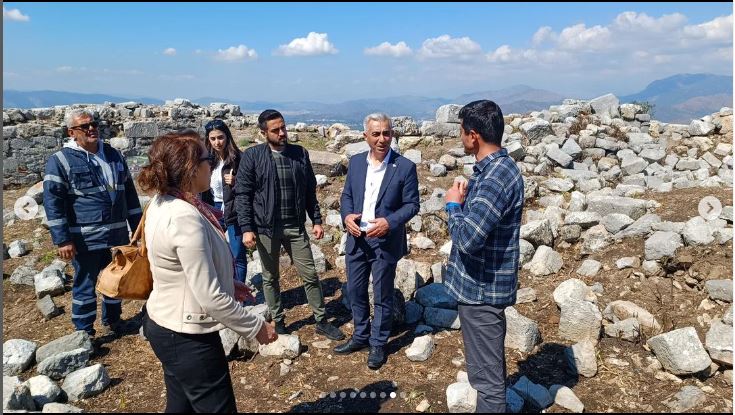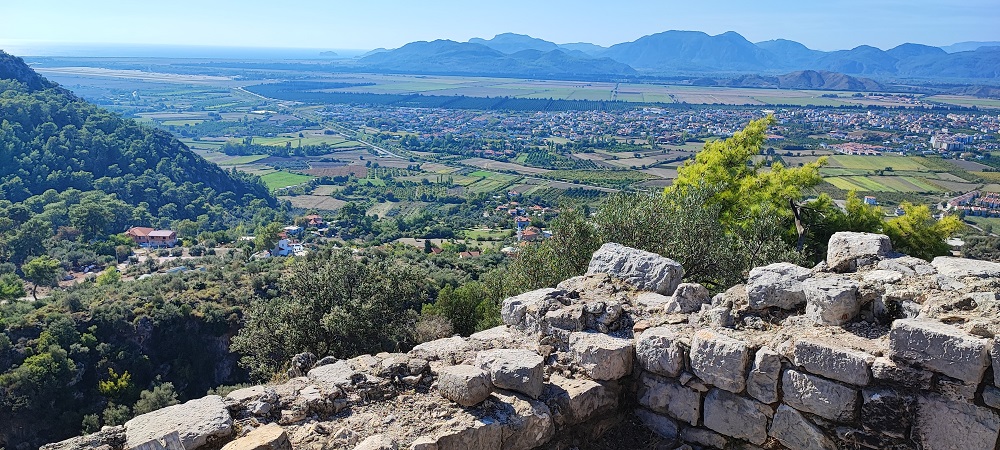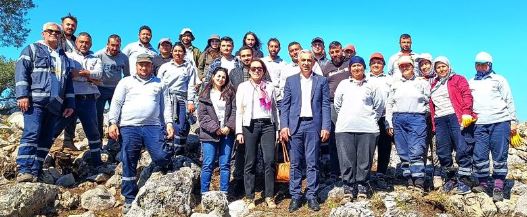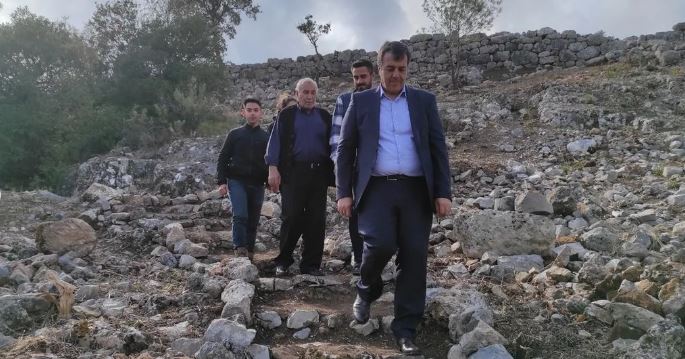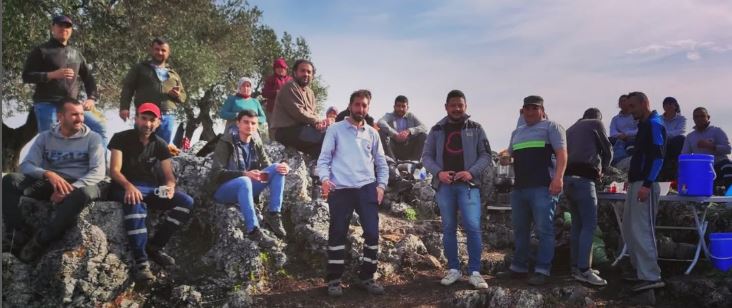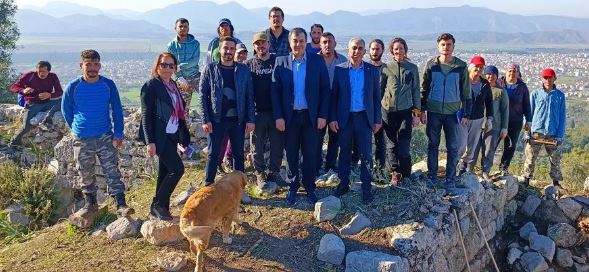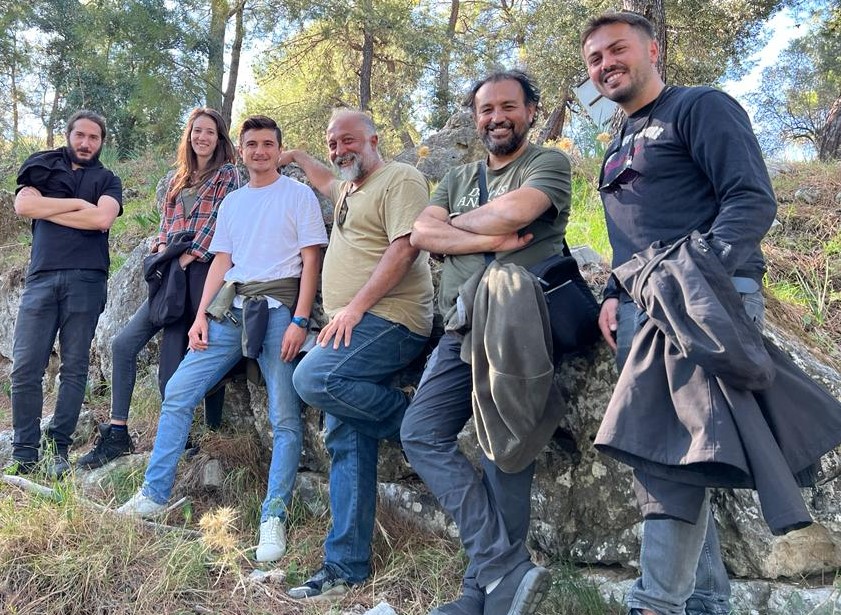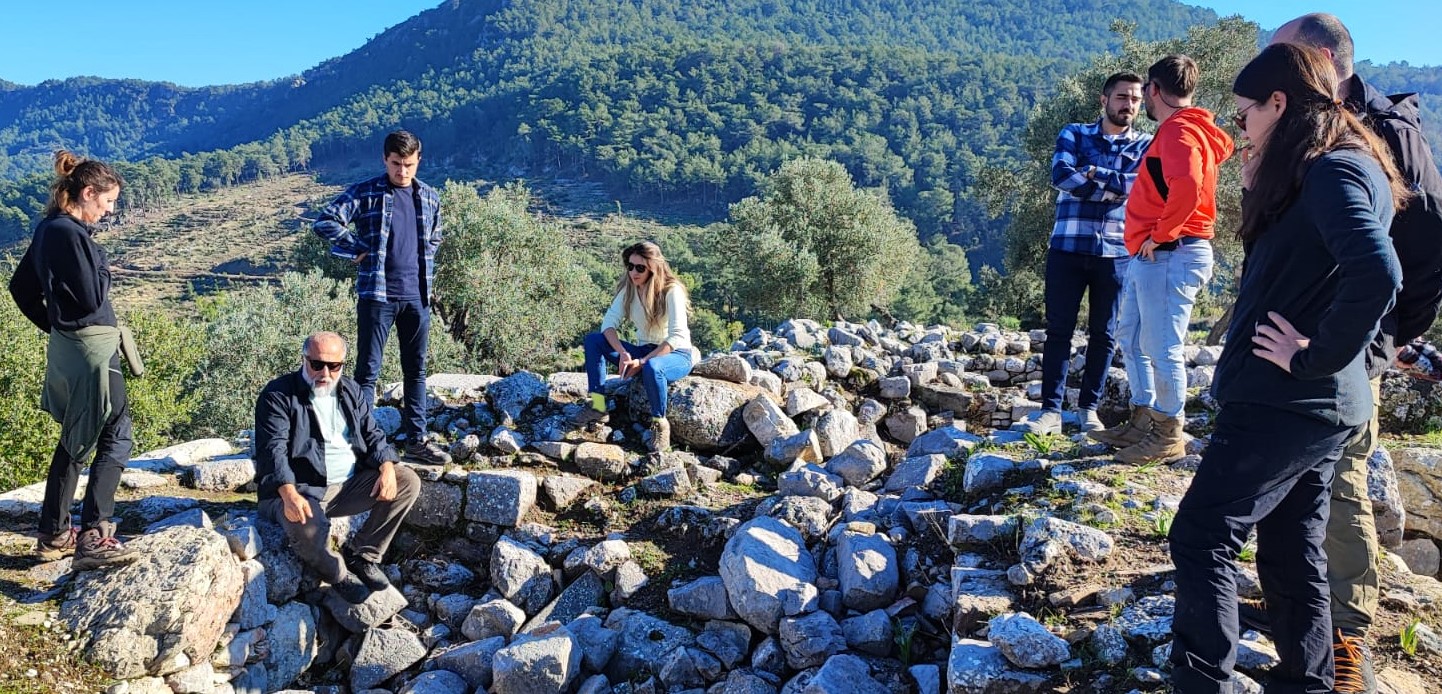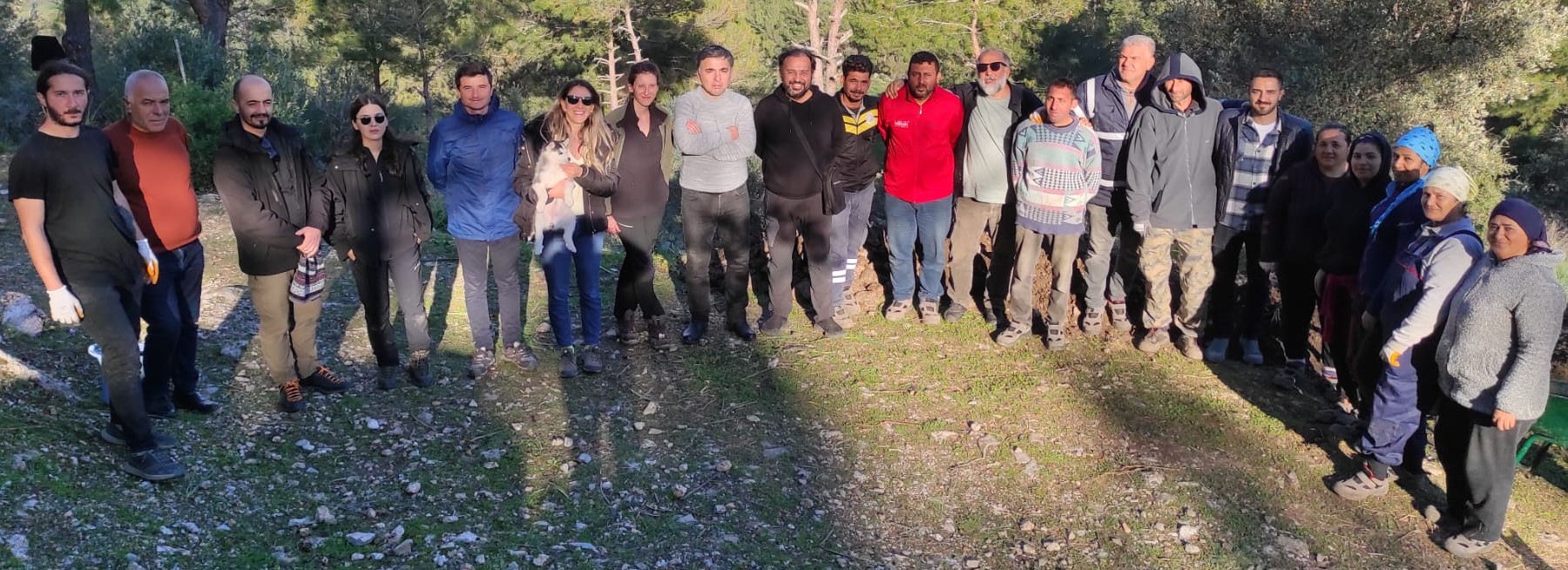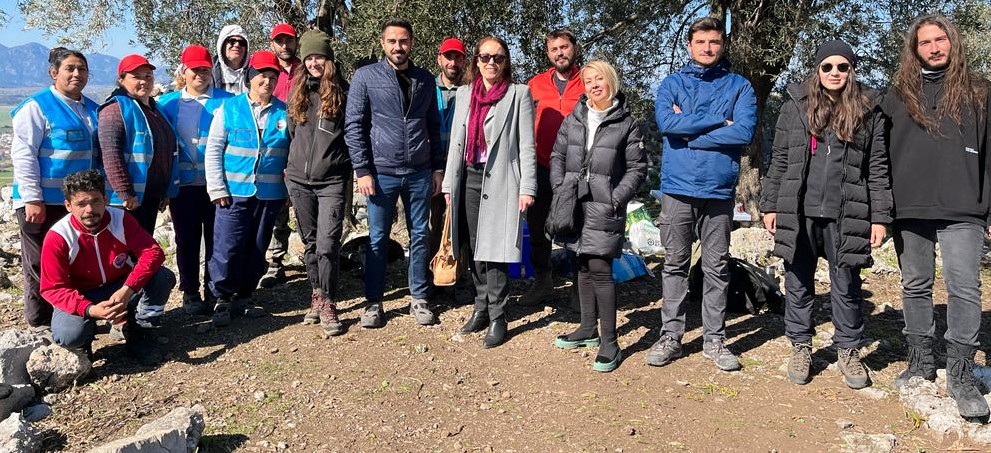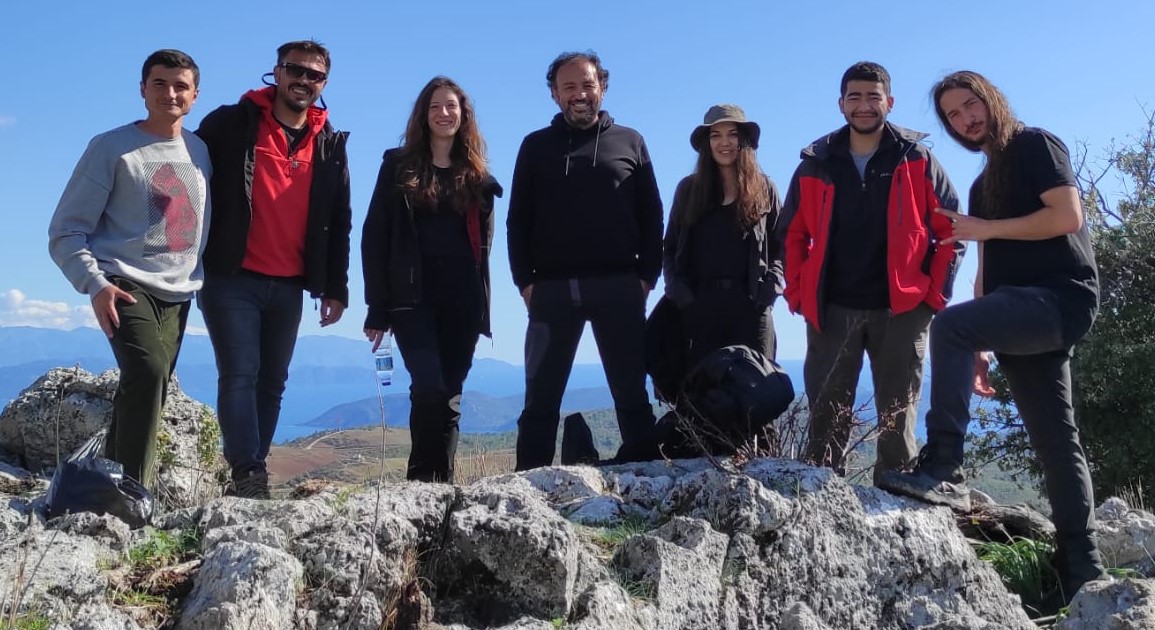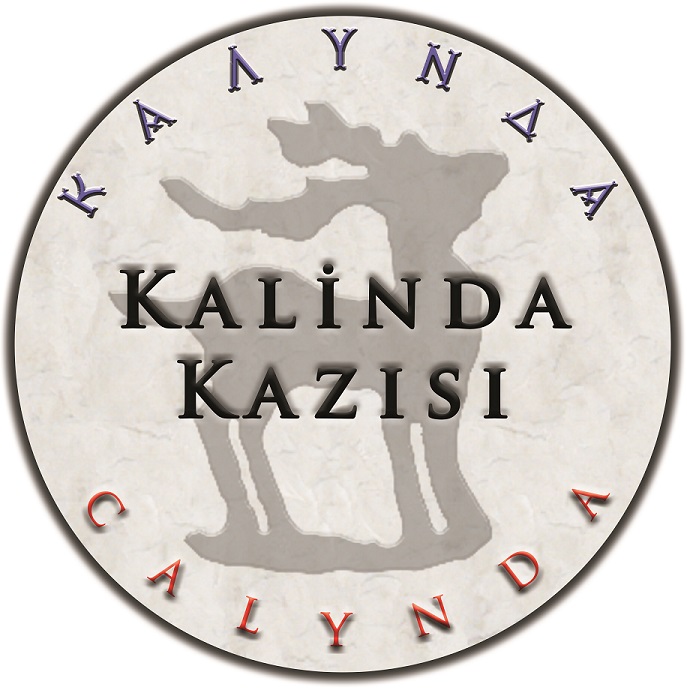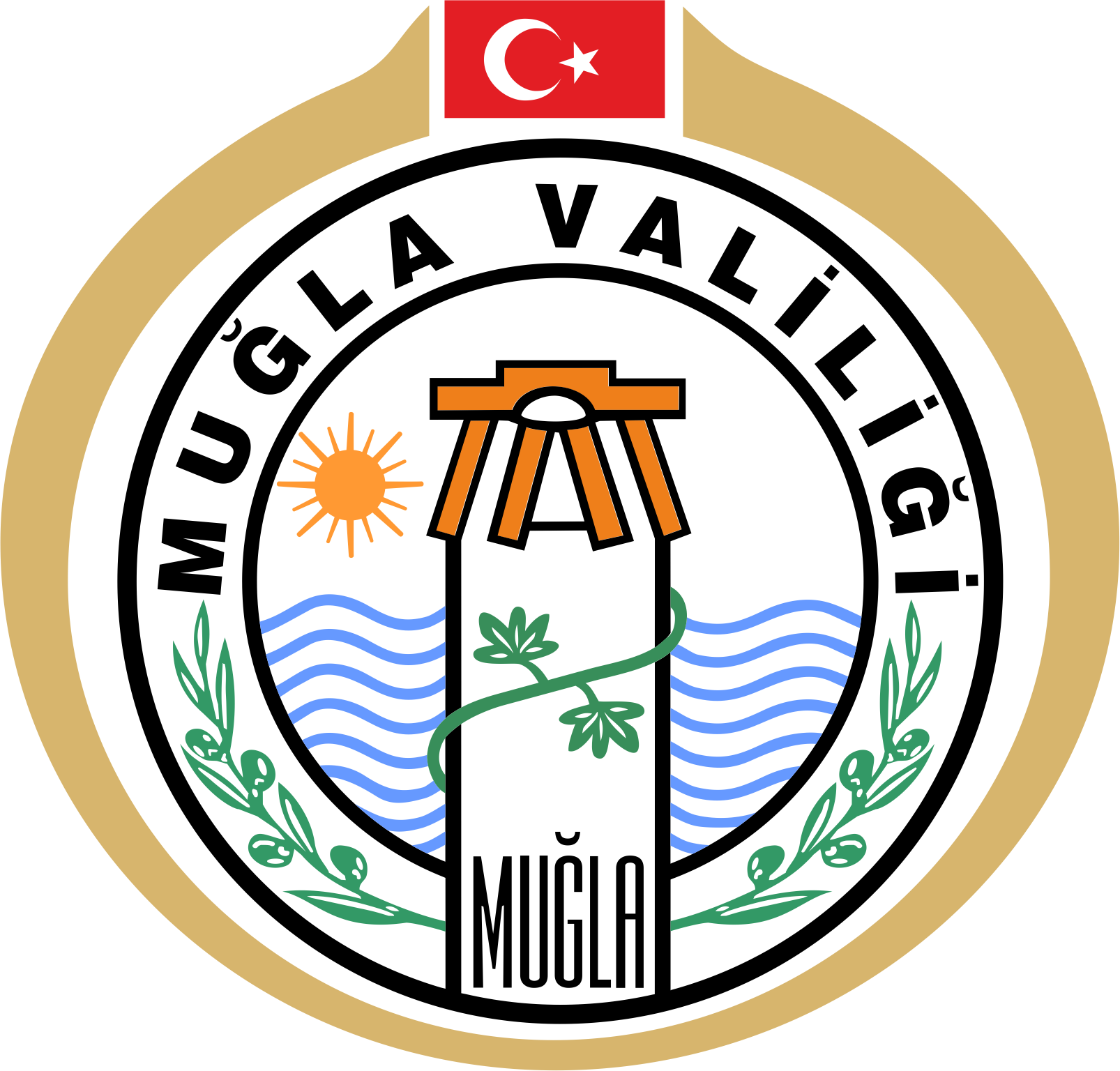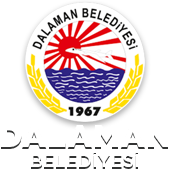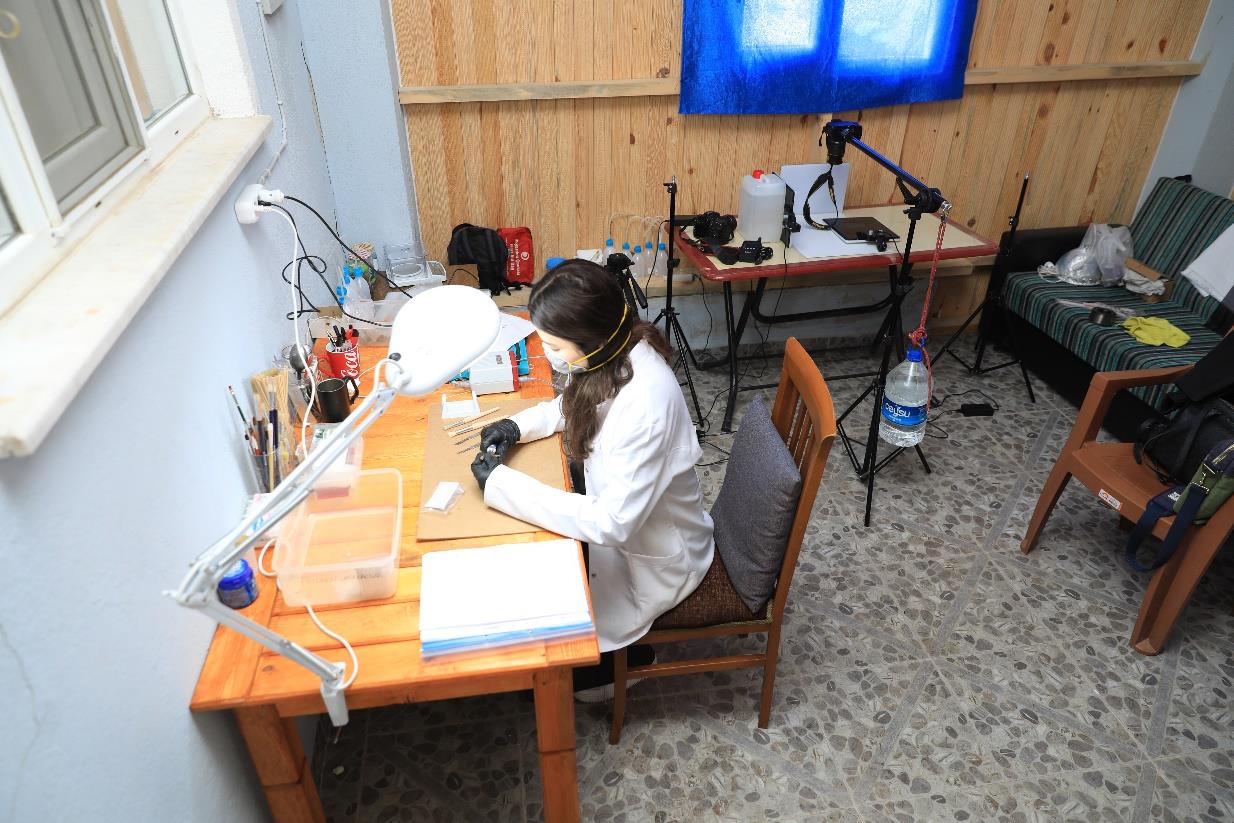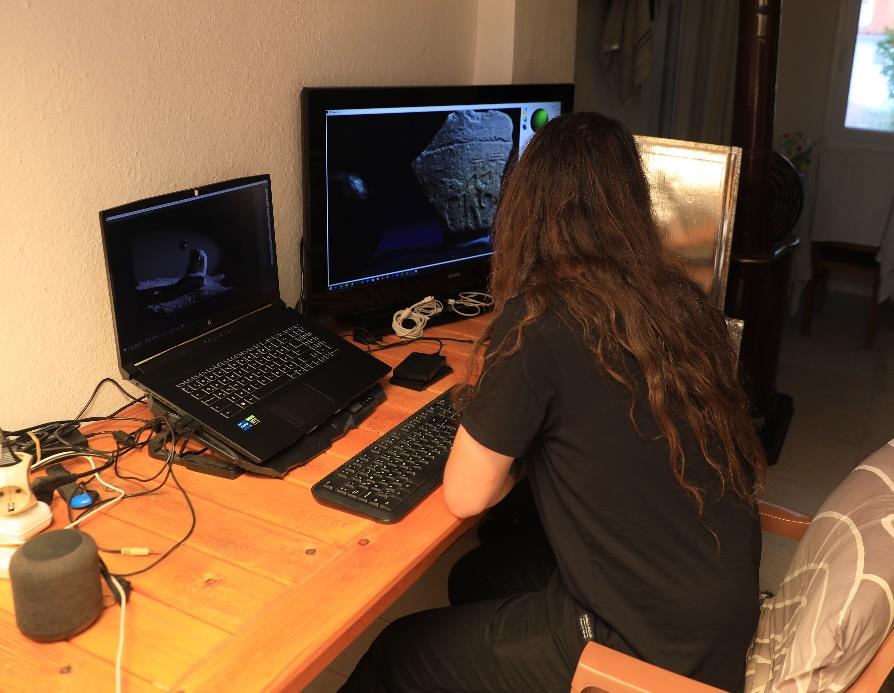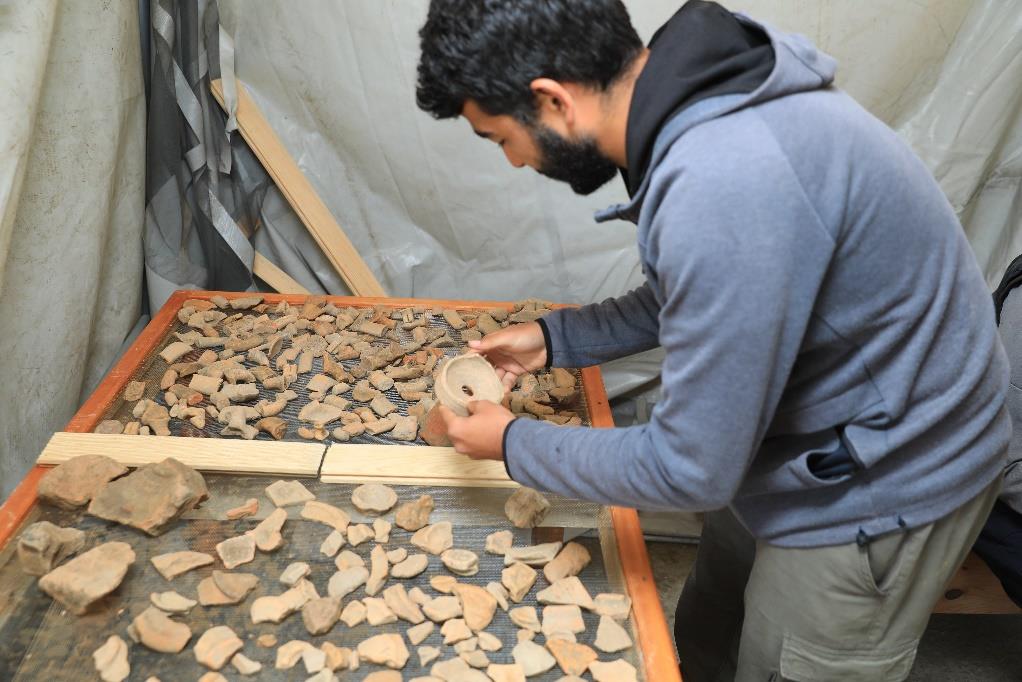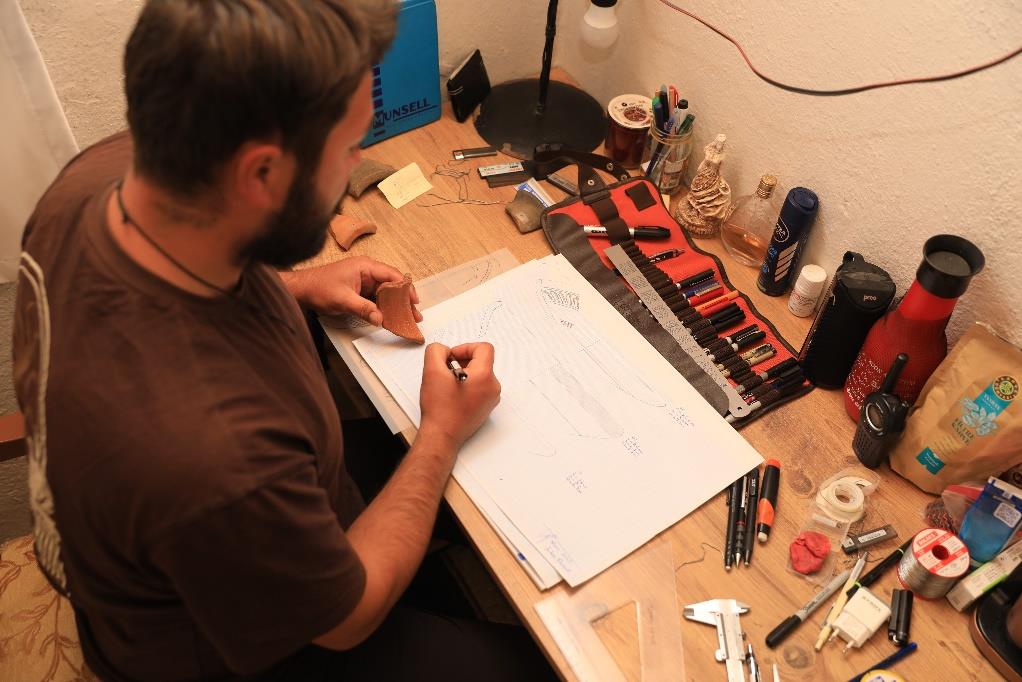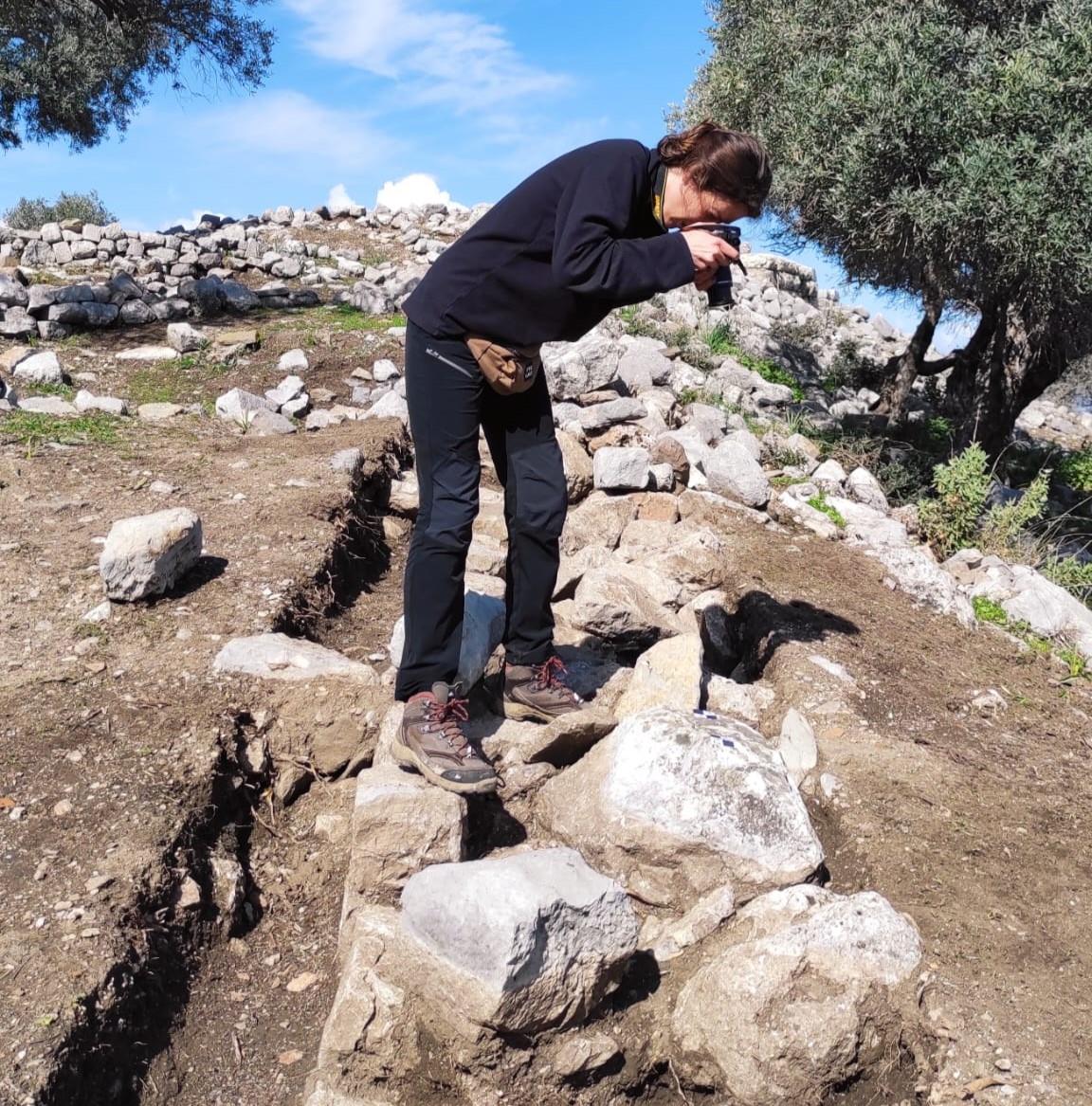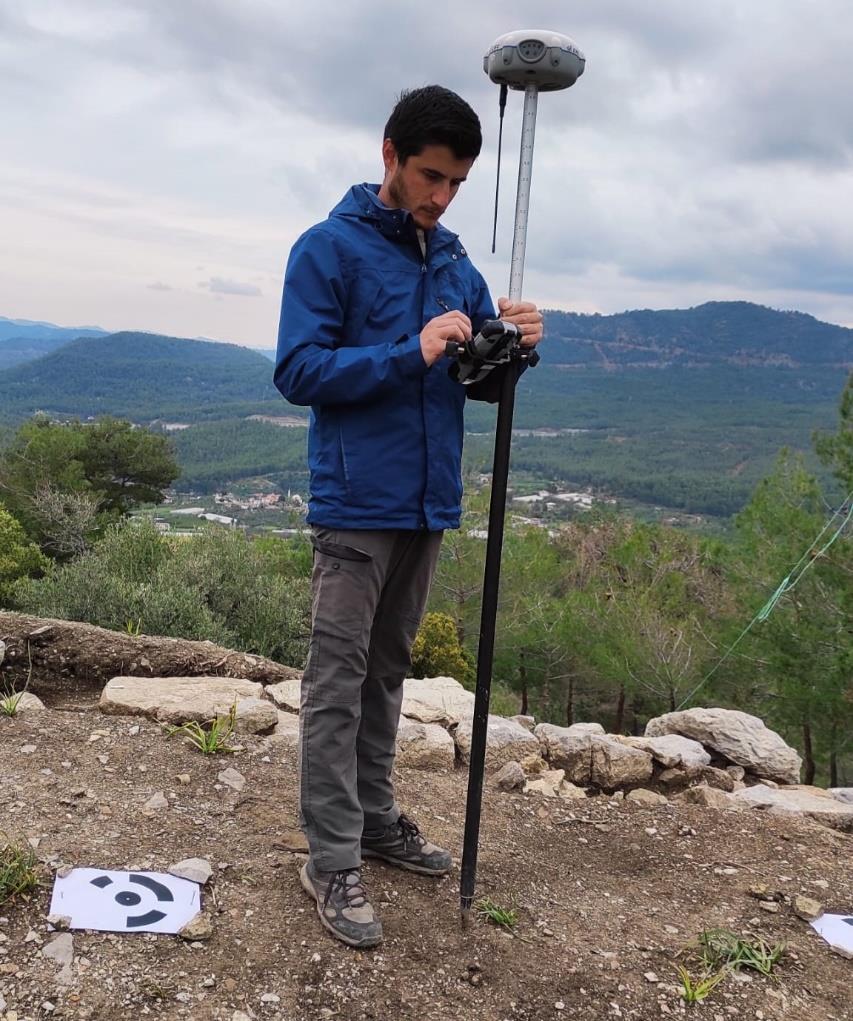Follow us on Instagram! | TÜRKÇE İÇİN TIKLAYINIZ
Rescue Excavation in the Site of Asar Tepe - Şerefler Quarter - Dalaman
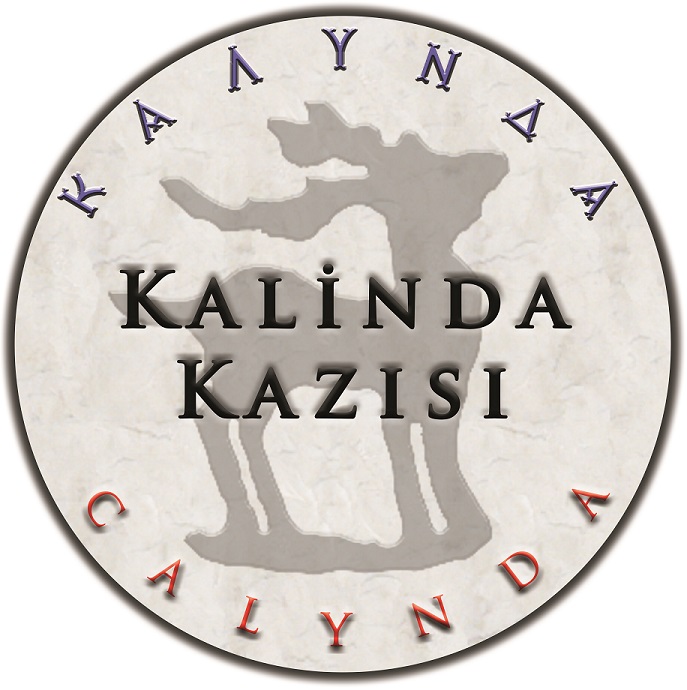
Calynda Excavation is carried out under the directorship of the Fethiye Museum Directorate with the financial support of Muğla Governorship - Investment Monitoring and Coordination Directorate, and Dalaman Municipality. The excavations have been carried out under the scientific supervision of Prof. Dr. Fatih Onur and the field coordinatorship of Assoc. Dr. Mustafa Koçak (Antalya Bilim University).
The site of Asar Tepe, where the remains of Calynda are believed to have been found, is located in the Şerefler neighbourhood of the Dalaman district of the Muğla province. This settlement area lies approximately 3 km east of Dalaman. On the hill overlooking the Dalaman Plain, there are fortifications, various building foundations dating back to the Archaic period and tombs.
Active Excavation Team
- Excavation Directorship: Muğla Fethiye Museum Directorate, Deniz ONGUN
- Prof. Dr. Fatih ONUR, Scientific Advisor; Epigrapher/Archaeologist
- Doç. Dr. Mustafa KOÇAK, Field Coordinator of Excavation site; Archaeologist
- Doç. Dr. Erkan DÜNDAR, Archaeologist
- Aygün ŞERMENT, Archaeologist
- Hilal KILIÇAY, Archaeologist
- Mertcan ÖNTÜRK, Classical Philologist/Epigrapher
- Damla YURDASİPER, Restorator
- Veli KARACA, Archaeologist
- Senem KABABULUT, Archaeologist
- İsmail YURT, Archaeologist
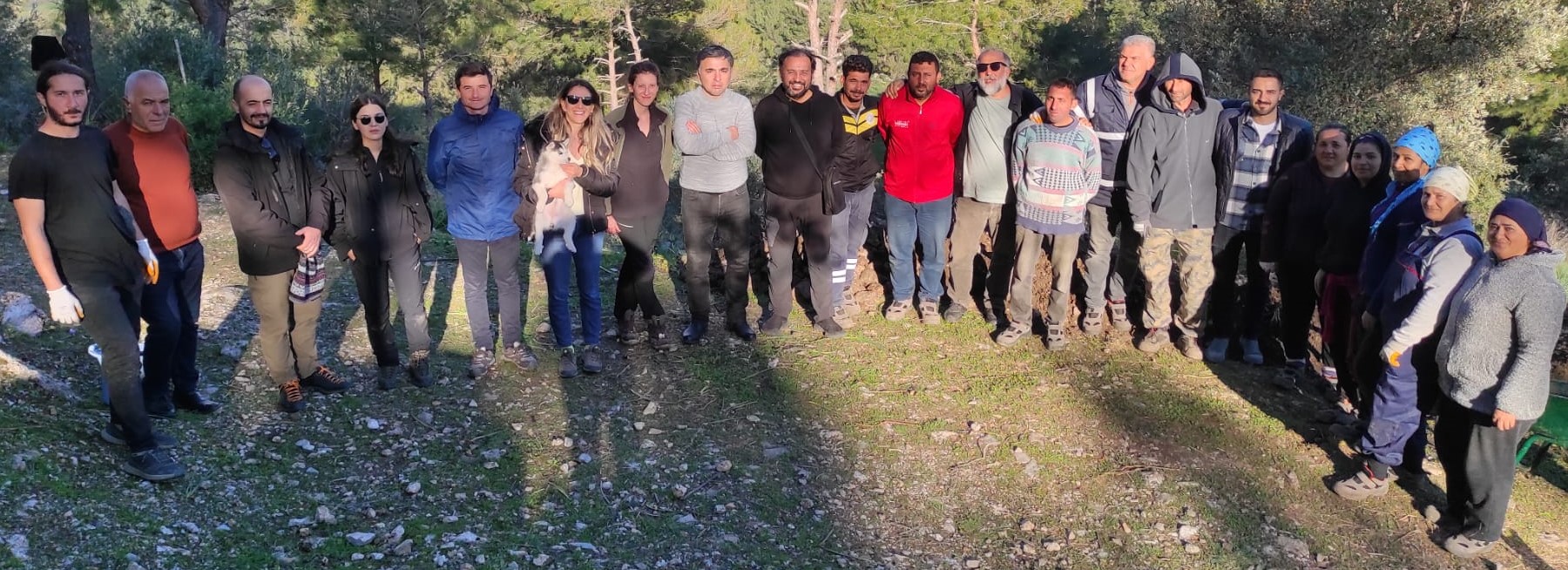
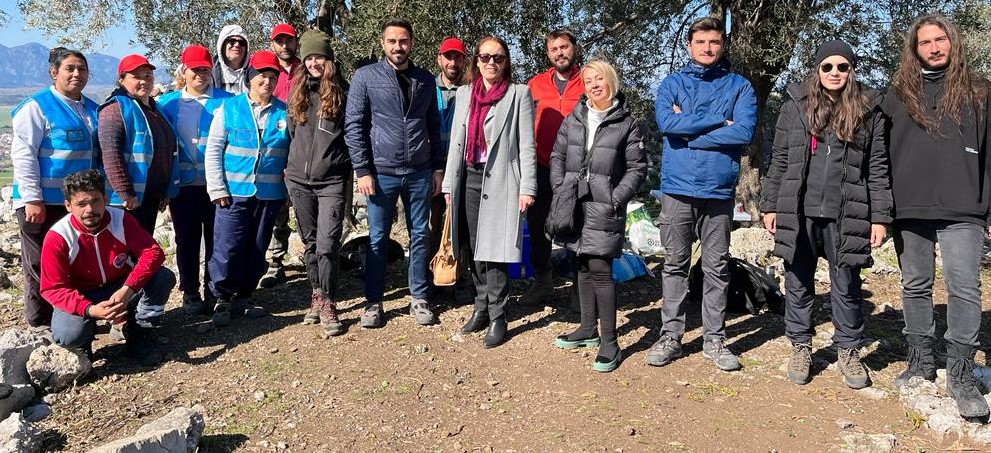
Publications made in the framework of the excavation:
- Onur, F. 2023. "Likya-Karya Sınırında Kalinda: Tarihi ve Coğrafi Bir Değerlendirme." Cedrus 11: 183-213.
- Dündar, E. 2023. "Hellenistic Amphora Stamps from Kalynda." Gephyra 26: 141-161.
- Gerçek, E. 2024. “Rhodian Influence at Kalynda during the Hellenistic Period: Analysis of Oil Lamps from Asar Tepe Excavations (Şerefler/Dalaman)”, Gephyra 28: 195-206.
- Öntürk, M. 2025. “A New Inscription Fragment from Asar Tepe (Dalaman, Mugla)”, Gephyra 29: 137-142.
- Tatar, Ö. 2025. “The Coinage of Kalynda”, Gephyra 29: 27-49.
Research History of Calynda and the Ruins at Şerefler
For a detailed paper on the history and geography see https://dergipark.org.tr/en/pub/cedrus/issue/78147/1266886
Although there is no direct evidence from the site at Şerefler/Asar Tepe, it is generally accepted that the remains belonged to Kalynda.
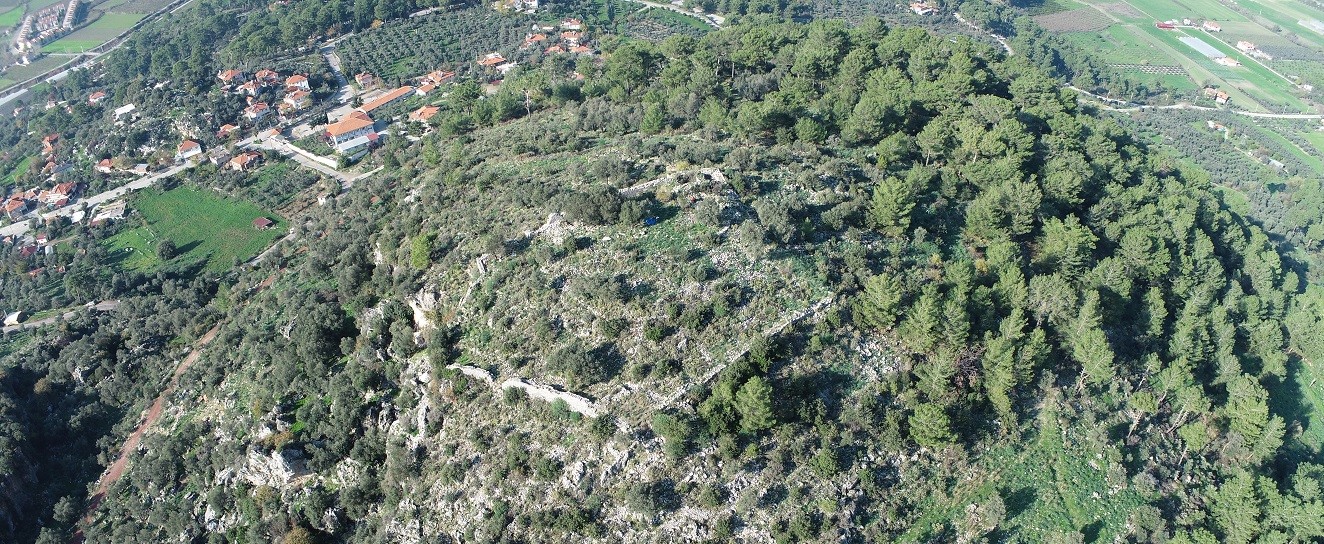
Richard Hoskyn wrote that, when he was in Dalaman in 1840/1, he searched for ruins in the hope of finding Calynda, but found nothing.[1] In the summer of 1844, Ludwig Ross, who reached Ortaca from Telmessos via Inlice and Gocek, also stated that he could not find the ruins of Calynda, but later heard from a villager that there was a ruined church on a rocky hill about 1 hour northeast of Dalaman.[2]There is no doubt that the ruins of castle in question are those on Asar Tepe in Şerefler. The notes of Gilbert Davies, who made the first description of the ruins on the hill, were quoted in 1895 by William Arkwright, who thought that the ruins belonged to Calynda.[3] George E. Bean, who visited the hill in 1946 and 1950 and made observations, believed that these ruins belonged to Calynda, but despite all his searches, he could not find any coins or inscriptions that could confirm the name of the city.[4] Paavo Roos wrote his observations about the hill and the ruins in 1969.[5]
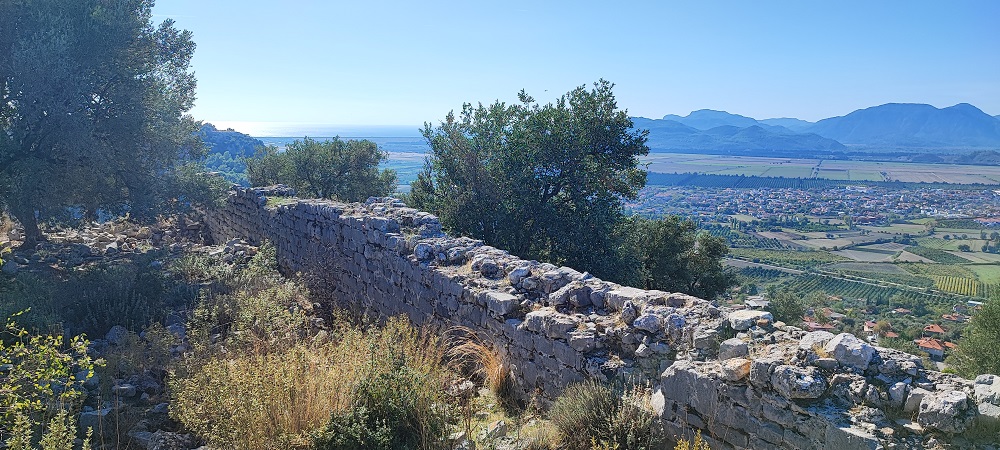
More recently, Hans Lohmann in 1999 and Werner Tietz in 2003 described the remains in detail, and Werner Tietz also analysed all ancient literary sources and inscriptions concerning the city of Calynda.[6] Sencer Şahin considers this hill as an outpost of Kaunos.[7] There are different suggestions about the location of Calynda. Charles Fellows localised Calynda at the Inlice Asarı site, Maxime Collignon and Louis Duchesne at Inhisar, Georges Cousin near the Karaböğürtlen quarter of Ula, while Thomas A. B. Spratt and Edward Forbes wanted to identify Calynda with Kadyanda.[8] Sencer Şahin, like Charles Fellows, suggests İnlice Asar for Calynda.[9] The site of Şerefler-Asar Tepe, which is limited to the aforementioned studies, has not been subjected to any scientific excavation or special research prior to the ongoing excavations, except for short visits during the surveys conducted in the region under the direction of Fatih Onur between 2019-21 [10].
Brief History of Calynda
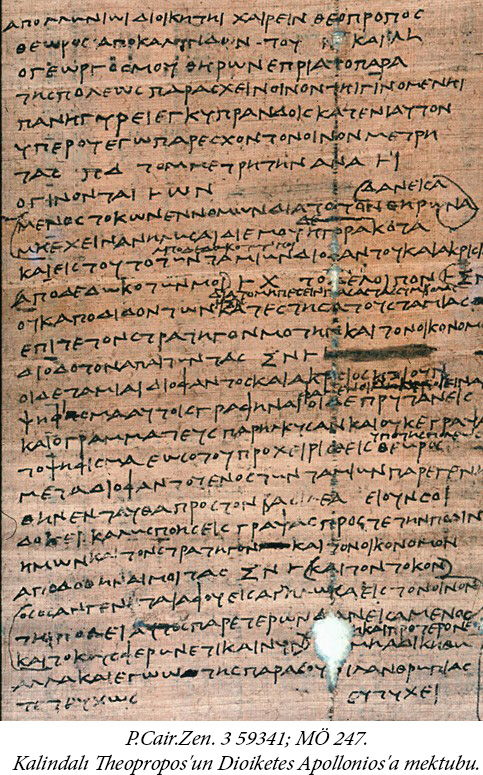 The place name (Kuwa)kuwaluwa(n)ta in the Yalburt inscription, which records the campaigns of Tuthalya IV in the 13th century BC, was thought to have been Calynda. Since Calynda may have been under the sovereignty of the Lydian kingdom like Caunus in the 6th century BC, it is possible that Harpagus, the commander of Cyrus, conquered the city in 546 BC during his campaigns in Caria and Lycia. Herodotus relates an old legend that the people of Caunus chased the foreign gods from their city to the borders of Calynda. Herodotus also tells that Calynda participated in the Salamis Sea War in 480 BC with a ship in Artemisia's navy, but Artemisia sank this Calyndan ship.
The place name (Kuwa)kuwaluwa(n)ta in the Yalburt inscription, which records the campaigns of Tuthalya IV in the 13th century BC, was thought to have been Calynda. Since Calynda may have been under the sovereignty of the Lydian kingdom like Caunus in the 6th century BC, it is possible that Harpagus, the commander of Cyrus, conquered the city in 546 BC during his campaigns in Caria and Lycia. Herodotus relates an old legend that the people of Caunus chased the foreign gods from their city to the borders of Calynda. Herodotus also tells that Calynda participated in the Salamis Sea War in 480 BC with a ship in Artemisia's navy, but Artemisia sank this Calyndan ship.
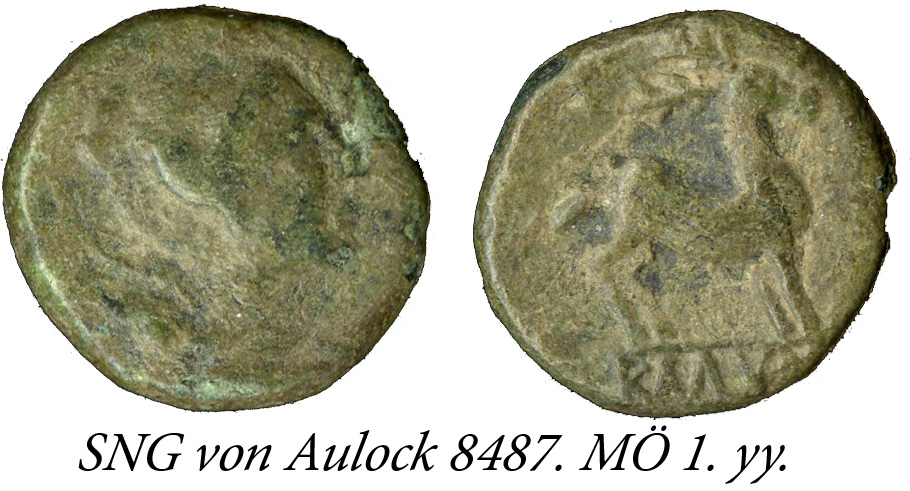 The archives of Zenon show a frequent and strong network of relations between Calynda, Caunus and the central Ptolemaic administration in Alexandria. One of the texts in this archive mentions a place called Cypranda, which hosted an annual festival, in the territory of Calynda. It is likely that the festival was dedicated to Artemis, the main goddess of the city. The location of Cypranda, which must have been outside the city centre, is unknown, and the location of the city centre of Calynda has not yet been determined. According to the archives of Zenon, a Ptolemaic garrison was stationed on the territory of Calynda, and its location is probably the hill, where the ruins of Şerefler are located today. The city was subordinated to Rhodes in 188 BC at the latest, to Caunus between 168-164 BC, and then to Rhodes again.
The archives of Zenon show a frequent and strong network of relations between Calynda, Caunus and the central Ptolemaic administration in Alexandria. One of the texts in this archive mentions a place called Cypranda, which hosted an annual festival, in the territory of Calynda. It is likely that the festival was dedicated to Artemis, the main goddess of the city. The location of Cypranda, which must have been outside the city centre, is unknown, and the location of the city centre of Calynda has not yet been determined. According to the archives of Zenon, a Ptolemaic garrison was stationed on the territory of Calynda, and its location is probably the hill, where the ruins of Şerefler are located today. The city was subordinated to Rhodes in 188 BC at the latest, to Caunus between 168-164 BC, and then to Rhodes again.
At the beginning of the 1st century BC at the latest, we see that the city, which appeared independent again, turned its direction towards the Lycian League and became a part of the Lycian province established in 43 AD. In this period, Calynda is mentioned in the Pataran Road Monument in 3 road connections; Telmessus, Caunus and Lyrnae. Calynda is also among the cities that Opramoas provided aid after the 141 AD earthquake. We do not have any information about Calynda in the Late Antique and New Roman periods, only a bishop is listed, and it may have been transformed into a place basically subordinate to Caunus in the ecclesiastical order.
[1] Hoskyn R. 1842, “Narrative of a Survey of Part of the South Coast of Asia Minor; And of a Tour into the Interior of Lycia in 1840-1; Accompunied by a Map”. The Journal of the Royal Geographical Society of London 12, 143-161: 145.
[2] Ross L. 1850, Kleinasien und Deutschland. Reisebriefe und aufsätze mit bezugnahme auf die möglichkeit Deutscher niederlassungen in Kleinasien. Halle: 79.
[3] Arkwright W. 1895, “The Frontier of Lycia and Caria”. JHS 15, 93-99: 97-98.
[4] Bean G. E. 1953, “Notes and Inscriptions from Caunus”. JHS 73, 10-35: 25-26 dn. 82; ayrıca bkz. Bean G. E. 1978, Lycian Turkey: An Archaeological Guide. London: 33-35.
[5] Roos P. 1969, “Topographical and Other Notes on South-Eastern Caria”. Opuscula Atheniensia 9, 59-93: 72-74.
[6] Lohmann H. 1999, “Zwischen Kaunos und Telmessos. Reisenotizen aus dem karischlykischen Grenzgebiet”. Orbis Terrarum 5, 43-83: 54-60; Tietz W. 2003, Der Golf von Fethiye: Politische, ethnische und kulturelle Strukturen einer Grenzregion vom Beginn der nachweisbaren Besiedlung bis in die römische Kaiserzeit. Bonn: 86-90 ve 201-230.
[7] Şahin S. 2014, Stadiasmus Patarensis. Itinera Romana Provinciae Lyciae. Lykia Eyaleti Roma Yolları. İstanbul: 169, 180 dn. 278.
[8] Fellows C. 1841, An Account of Discoveries in Lycia: Being a Journal Kept During a Second Excursion in Asia Minor. London: 105; Collignon M. & Duchesne L. 1877, “Rapport sur un voyage archéologique en Asie Mineure”. BCH 1, 361-376: 364; Spratt T. A. B. & Forbes E. 1847, Travels in Lycia, Milyas, and the Cibyratis I. Londra: 42-43; Cousin G. 1900, “Voyage en Carie”. BCH 24, 24-69: 43.
[9] Şahin S. 2014, Stadiasmus Patarensis. Itinera Romana Provinciae Lyciae. Lykia Eyaleti Roma Yolları. İstanbul: 176-183. Şahin’in bu lokalizasyonuna karşı bkz. Karabulut B. 2019, “Batı Lykia'da Oktapolis'in Politik Yapısı.” Eds. N. E. Akyürek Şahin& M. E. Yıldız & F. Avcu, Eskiçağ Yazıları 13 (AKRON 17). İstanbul, 69-96: 78-81 ve Onur F. & Tekoğlu Ş. R. 2020, “The Ancient Routes and New Lycian Inscriptions around Fethiye”. Gephyra 19, 1-32: 10-13.
[10] Akyürek Şahin N. E. & Onur F. & Alkan M. & Yıldız M. E. 2017, “Likya/Pamfilya Ulaşım Sistemlerinin Epigrafik ve Tarihi Coğrafik Açılardan Araştırılması 2015 ve 2016 Yılları Sonuçları”. AST 35, 387-410: 398-401; Akyürek Şahin N. E. & Onur F. & Alkan M. & Yıldız M. E. 2017, “Surveys on the Transportation Systems in Lycia/Pamphylia 2016 - Likya/Pamfilya Ulaşım Sistemleri Yüzey Araştırması 2016”. ANMED 15, 203-212: 205-212; Onur F. & Tekoğlu Ş. R. 2020, “The Ancient Routes and New Lycian Inscriptions around Fethiye”. Gephyra 19, 1-32: 10-13.
Son güncelleme : 12.05.2025 09:20:50

